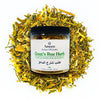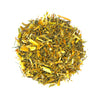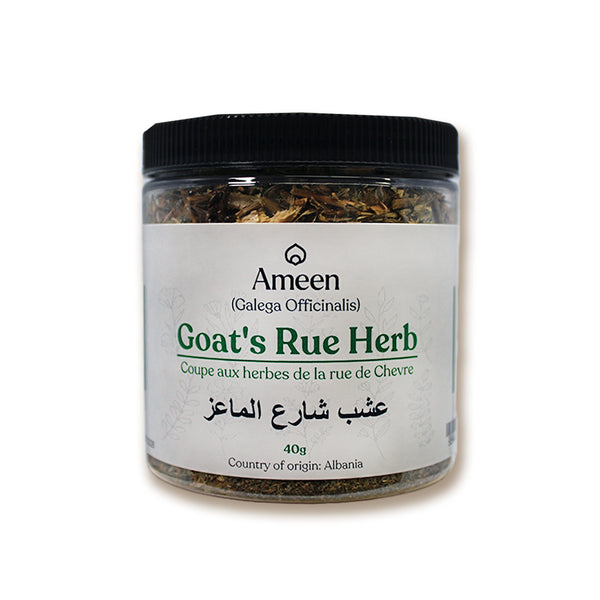Goat’s Rue, botanically known as Galega officinalis, is a herbaceous perennial native to Europe and Western Asia, admired for both its graceful appearance and traditional versatility. With soft grey-green leaves and elegant spikes of lavender-purple blossoms, this plant has long been appreciated in folk practices and herbal traditions for its natural charm and diverse utility.
Culinary and Practical Uses of Goat’s Rue
Though lesser-known in modern kitchens, Goat’s Rue offers subtle, pleasantly bitter notes that can enhance a variety of preparations:
-
Herbal Infusions: Commonly steeped into herbal teas, the dried leaves or aerial parts release a gentle, aromatic bitterness ideal for comforting blends.
-
Flavoring Agent: Occasionally added to soups, stews, or bread dough for its rustic flavor, particularly in traditional European cuisine.
-
Natural Decor: Its delicate, dried form also makes a charming addition to wildflower arrangements and natural décor.
Why Choose Goat’s Rue?
-
Flavor Profile: Mildly bitter with earthy undertones.
-
Traditional Value: Rooted in historic botanical practices, especially in European herbalism.
-
Multipurpose Use: Ideal for infusions, rustic recipes, or ornamental dried herb displays.
Botanical and Cultural Identity
-
Botanical Name: Galega officinalis
-
Common Names: Goat’s Rue, French Lilac, Italian Fitch, False Indigo, Professor’s Weed, Metformin Plant, Galega, French Coffee, Church Steeples, Rue de Chèvre, Sertürner-Kraut, Pestilenzkraut
A Gentle Addition to Herb Lore
Whether appreciated for its traditional charm or its understated role in flavoring and wellness, Goat’s Rue is a quietly powerful herb. Its dried leaves can bring a thoughtful, time-honored touch to your herbal teas, rustic dishes, or home apothecary shelf.





